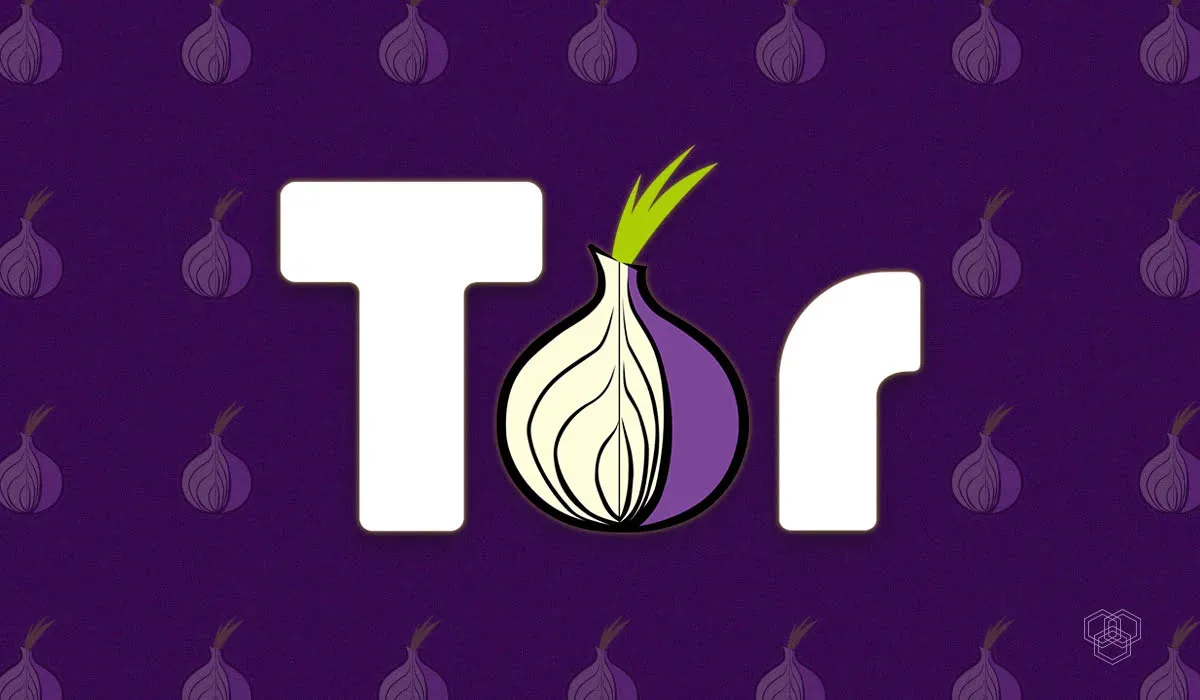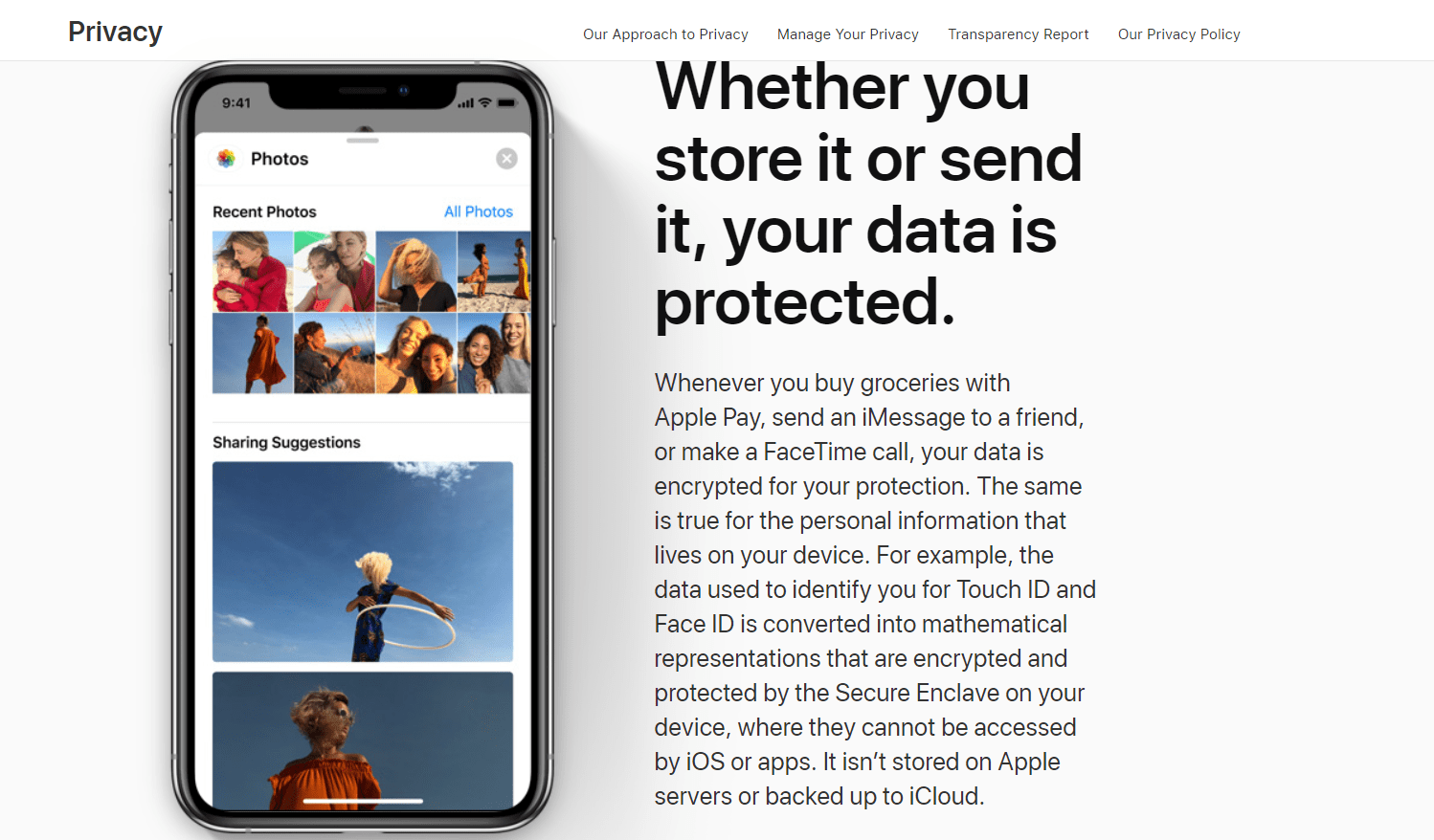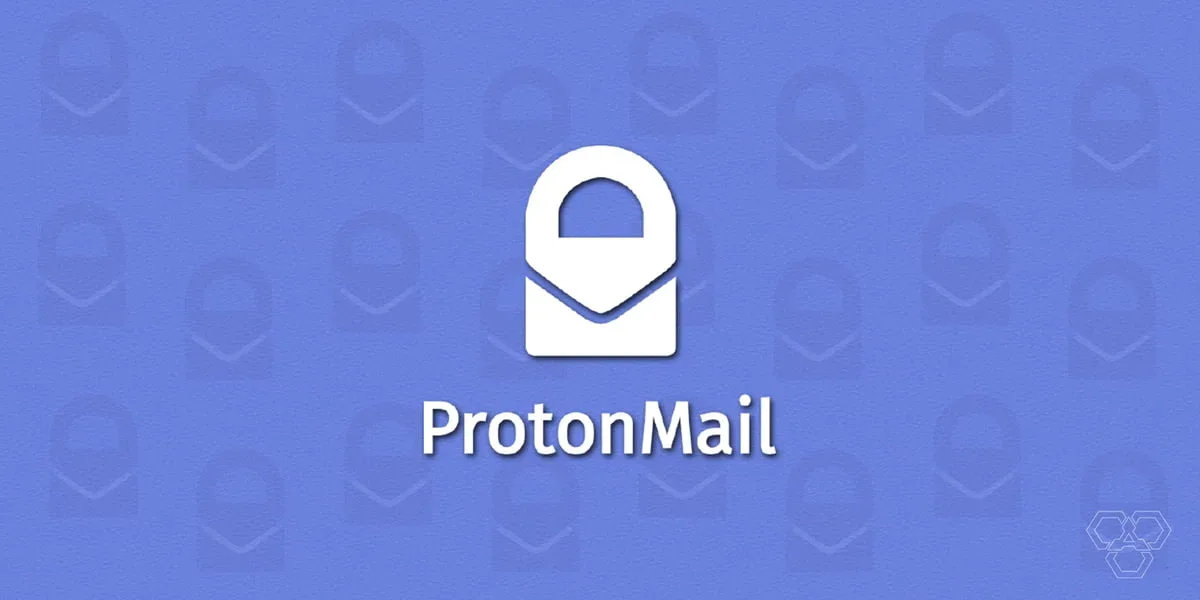Plenty of new technologies begin their product lifecycles as exclusive luxuries. Mobile phones, flatscreen TVs, PCs, SLR cameras, solar panels… all were once eye-wateringly expensive and beyond the reach of mere mortals. But nowadays, these highly advanced technologies are well within the budget of regular people.
The same is true of developments in cybersecurity. Cloud-based architectures are replacing traditional infrastructure models, and associated network services – including cybersecurity solutions – are becoming increasingly widespread. Expensive services that were once the preserve of only the biggest organizations are now available to SMEs and even private individuals.
That doesn’t mean that all is well in the computing and online world, however. In the more recent past, a number of companies have been tempted to cut corners with regard to cybersecurity, either through lax working practices or penny-pinching financial motives. But as anyone who’s been hacked will tell you, the cost of a cyber attack is far greater than the cost of robust security software and sensible company data protection policies.
Avoiding the havoc of hacking
There’s no shortage of examples of the complete and utter havoc that hacking can cause. Many companies have been subject to huge fines, lost customers, had their reputations shredded, and even gone under in the aftermath of a major data breach. You would think that such scenarios would focus the minds of business leaders, but incredibly, there are organizations out there who are still failing to take cybersecurity seriously enough.
Some industry sectors and countries are better than others. In the US, for example, the HIPAA (Health Insurance Portability and Accountability Act) standard has improved data protection and patient confidentiality in the healthcare sector. And though the EU’s GDPR (General Data Protection Regulation) directive has led to a vast amount of work and expense for many organizations, the pay-offs are certainly there in terms of stronger corporate and customer security, the reduced risk of being hacked, and the avoidance of the expense and damage associated with a data breach.
Cybersecurity cat and mouse
Covid-19 has also had a significant impact on cybersecurity. With more staff working remotely or at home, there are greater opportunities for hackers to go where they’re not wanted. Network security is always of paramount importance, but that’s even more so the case now during the pandemic. The game of cat and mouse with hackers is as strong as it ever was.
VPNs are a highly effective way of keeping remote workers and corporate data safe. With end to end encryption, they provide excellent levels of protection and security. However, VPNs do have some limitations in terms of speed, performance, monitoring, cost, and even security. For that reason, SD-WANs (software-defined wide-area networks) have seen an increase in popularity. Many computer services and applications are migrating to cloud-based architectures, so it should come as no surprise that networks – and network management services – are following the same trend.
SD-WAN allows companies of all budgets to implement cybersecurity software solutions that provide the highest levels of protection through a single, easy-to-use interface. The latest network security solutions also offer a range of additional benefits: they’re cost-effective and scalable, plus they improve network performance and security by allowing you to filter content and prioritize different types of traffic.
The never-ending story of cybersecurity
Every advance in computing, networks, communications, and the internet has sadly been matched by murkier and unwelcome technological developments. Worms, viruses, malware, ransomware, hacking, phishing, identity theft, and cybercrime all followed in the wake of technological progress. On a more positive note, however, white knight software developers have risen to the challenge, and anti-virus packages and network security solutions help to keep the majority of us safe.
In Scotland, a famous story is told about the magnificent, 1.5 miles long Forth Rail Bridge. Starting on one side, the painters of bridgework their way across the structure, but as soon as they’ve finished painting it, they have to go back to where they started and begin the whole job again. Cybersecurity is a bit like that: it really is a never-ending job.
Sadly, there’s a rather unromantic postscript to the tale about the Forth Rail Bridge. The latest glass flake epoxy paint means that the bridge will stay protected for much longer and won’t need repainting for many years to come. We can only hope for a similar development in cybersecurity!







Share Your Thoughts